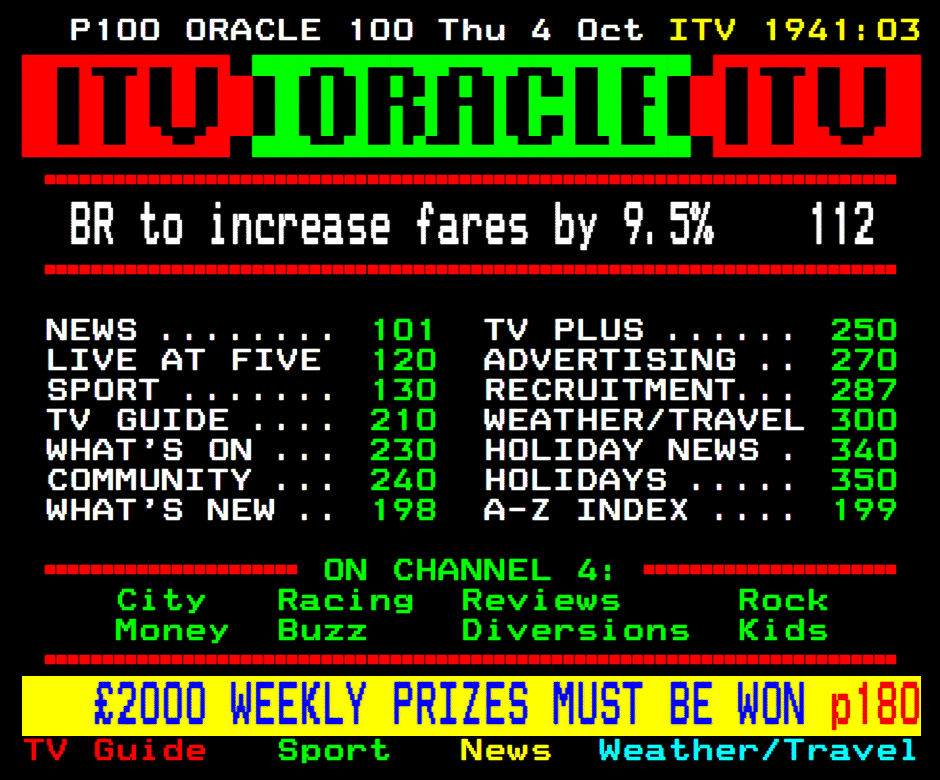I read a few replies to some tweets recently…and ended reporting half of them for abuse. Not replies to me, but to pretty famous people. Apparently nobody with over a certain threshhold of twitter followers can say anything without hateful abuse, insults, death threats, and the like being pasted to them. Some people stalk a celebrity and reply to every tweet of theirs with the same post, hoping to get the orgasmic thrill of thinking that person will see something that upsets them.
These people are sick, and need treatment, but mostly they need banning from twitter. Twitter of course doesnt care, because the platform is deliberately built to encourage hate.
This is a choice, and a bad one (for society) because it could quite happily have been based on a theme of positivity and inspiration and community instead. There is an assumption that all online communities collapse immediately into a horrific hate-fest because of human nature, but I don’t think people have seriously tried to do the opposite.
It would be trivial to train an AI (or even simpler) to bias the promotion of social media posts based on some analysis of tone. At the very least, you can hide, ban or even just auto-downvote posts containing negative terms and swear words, or in all-caps. If anything, twitter does the opposite, but thats a choice.
We live now in a society so corrupted by social media, that it has spilled over into life in general, especially the media. I recently watched (at my wifes suggestion) the disney film ‘moana‘. Not my kinda film, but it was ok, and a few days later I satill have this catchy, chirpy ‘your welcome’ song in my head. Whats notable about that film for me, is that its upbeat. Its positive. There is a happy ending, and not a lot of suffering or depression or hatred in it. Its sad that this sticks out, but a simple browse of whats trending on netflix shows you how unusual this is.

Sadly we take these attitudes into our daily lives. We carry around the moods and thoughts and opinions of social media and netflix into social interactions. When I chat to my buddies each day they often say ‘whats todays twitter drama’ and we know that means accusations, or hatred or abuse. Its never ‘whats hilarious and exciting and awesome on twitter today’. We are all looking for todays 15 minutes of hate, not thanks, or celebration.
Its difficult for someone like me to preach about how everyone should be positive because 1) I’ve done very well out of life financially and 2) I actually have depression, so it can seem kinda ironic :D. However I shall try!
I read a good book last year about how everything in the world is getting better and better for all of us, and how things are amazing. Its sounds like bullshit but its true. By almost any metric, society just keeps getting better. Less hunger, Less disease, Less poverty, More education. We live in a time of relentless progress and awesomeness. This never gets on the news, but thats a CHOICE. We can choose to focus on whats good and awesome in the world if we choose to.
Even if you are on a low income, or unemployed right now, things are really not too bad compared with almost any point in history. Even given my own life, I would DEFINITELY prefer to be poor and unemployed right now than in the very early 1990s when I was both those things. We didnt have the internet to entertain/amuse/inform or educate us. Unemployment in the UK was pretty bad then (way worse than now). I had to learn computing by trips to the library as I couldnt afford the books. I’d listen to music on a casette player as I walked to the library. No mp3s, no spotify. shitty, poor quality clunky casettes.

The thing is, we DO live in great times, if you can brush apart the waves of monetized negativity and try to be positive by default. We are actually making phenomenal strides in renewable energy. Computers have got so laughably fast we all have a personal supercomputer we can talk to and it talks back. wtf! We can even carry them in our pockets and communicate with our friends wherever they are.
Just pause and imagine covid lockdown in 1990. No internet. No mobile phones. You cant see your friends, you cant even talk to them unless your parents let you use *the phone* for a short (expensive) period. You have to amuse yourself with books, a very, very primitive games console if you are super-lucky, or watch whatever your parents choose to watch from the 3 or 4 channels of terrestrial TV. And no, its not HD.

Things are awesome now. People are landing rockets on boats to re-use them so even rural people can have super-fast internet soon. You can buy solar panels and use them to partially power your own house. Take that energy companies! There are a bazillion channels of entertainment in superb picture quality, and endless fun entertainment on youtube for everyone. You can make and sell video games FROM YOUR HOME, and you can learn how to do it from home too, for free.
And yes… believe it or not, you likely live in a society that is WAY less sexist, WAY less racist and WAY more accepting of people of all kinds than twenty or thirty years ago. Its telling that its totally unacceptable for me to even mention the derogatory words used for people of color routinely when I was a child. Sure, sexist, racist and transphobic people exist, but oh my god, the progress on these issues has been amazing.
But lastly, the thing that REALLY annoys me is that saying ‘hey, life is pretty cool isn’t it’ is something you will get ABUSE for posting on twitter. Its literally described as a ‘bad take‘. This is fucked up. People are so obsessed with doomscrolling and ‘calling out’ and hurling abuse they are actually subconciously banishing positivity from their lifes. This is nuts.
So yeah, life is good. Not perfect, but then it never was and never will be, but life is good. Dont be afraid to think it, or say it, or even tweet it. Its not a ‘bad take’ if its what you think.
Heres a final feel-good thingy. I love solar panels, and I like doing the odd charity thing. We just handed over a check for £10k (yes an actual check!) to our local primary school (which has an eco-school group and have been protesting about climate change), so they could have 32 solar panels installed on the roof. They gave me this cool certificate :D. I’ll take some drone pics of the fitting of them in a month or two when they get installed :D.
